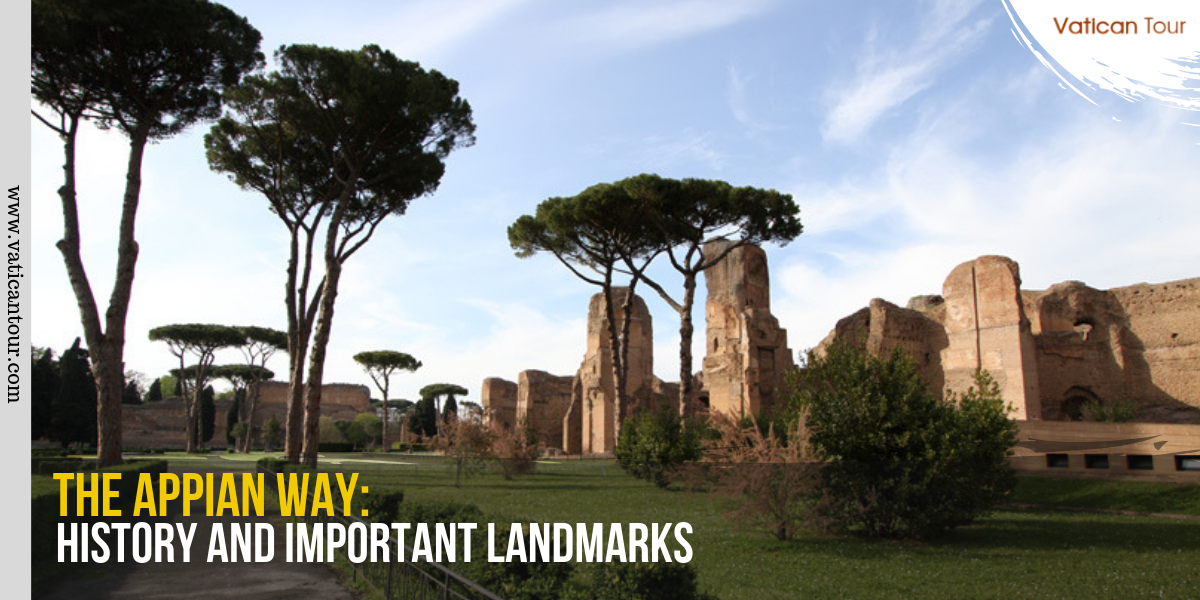La primavera arriva!
The springtime in Rome is magical. The weather is mild, the food is seasonal and the attractions are less crowded. If you want to discover Rome on foot, spring is the prime time to do so: the enchanting lanes and houses are enveloped in cascading wisteria while the city parks and gardens are transformed into a verdant oasis of blooms!
A leisure stroll along the Appian Way is highly recommended. Flanked by lush greenery, Roman ruins, and umbrella pines, Via Appia Antica is one of the most atmospheric thoroughfares in Rome. It looks even more spectacular and surreal in spring: the mellow sunshine, the clear blue skies and the chirping of birds create a serene setting.
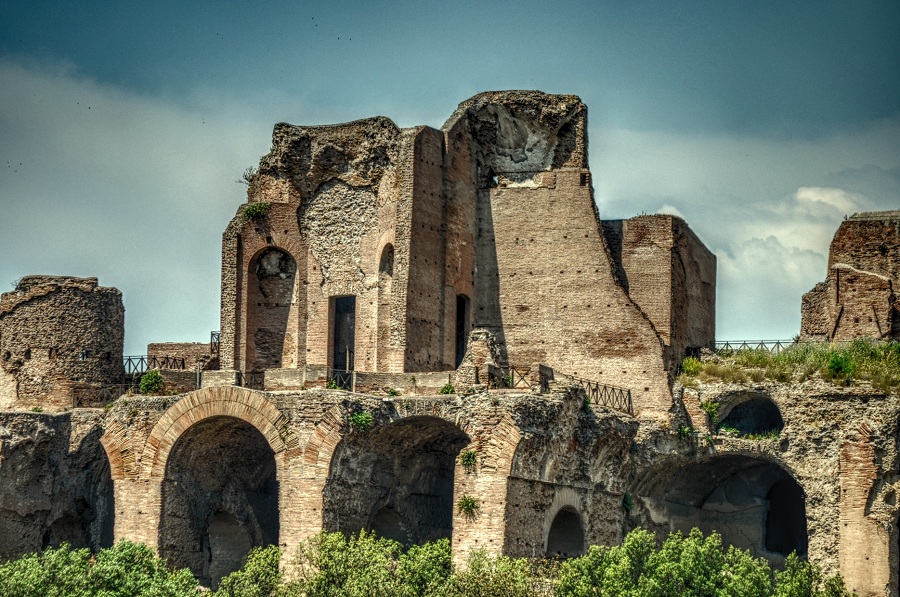
The History
Named in honour of Appius Claudius Caecus, the Appian Way, also known as Regina Viarum (Queen of Roads) dates back to 312 BC when the first 90km stretch of the roadway was laid. Later, it was extended to as far as Brindisi in present-day Puglia along the Adriatic Coast – making it the longest and widest road of that time.
The Appian Way was truly momentous for the Roman Empire. Besides being the first European superhighway, it was also the fulcrum of ancient Rome’s military and economic activities; it helped in easy transportation of military troops. Many historic events took place on the Via Appia: Julius Caesar, along with hundreds of other leaders, soldiers and consuls walked this path. When Spartacus and his army of 6000 slave rebels were crucified in 71 BC, their bodies lined the road!
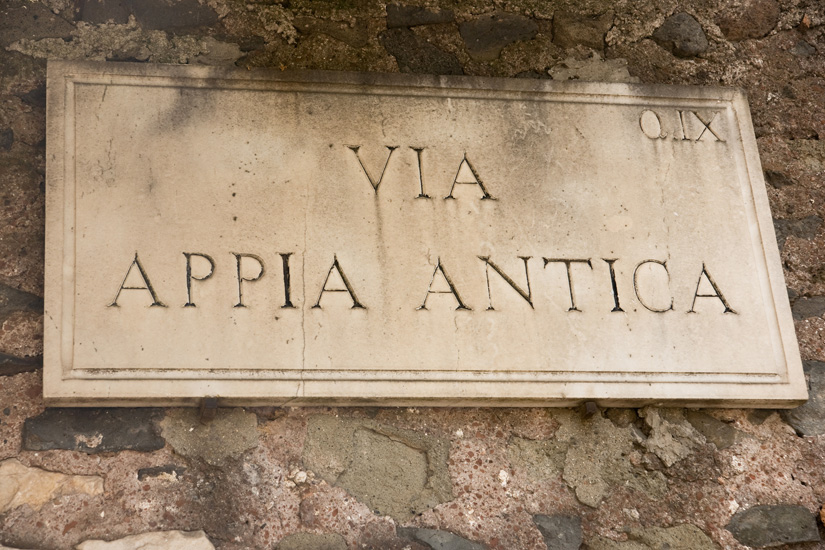
Surprisingly, Via Appia is the most well-preserved historic site in modern Rome. To further protect its incredible history and scenic beauty, a portion of the Appian Way now belongs to a nature park, Parco dell’Appia Antica, where you can see ancient ruins and monuments bustling with antiquity.
The Attractions
Catacombs, mausoleums, tombs and even fragments of ancient villas skirt the Appian Way. Walking along this rustic road is a refreshing change from the humdrum of city life. Made up of huge, flat stones and guarded by towering pines, the Appian Way is one of the most spectacular attractions in (and around) Rome and there are plenty of interesting sights to see along the way.
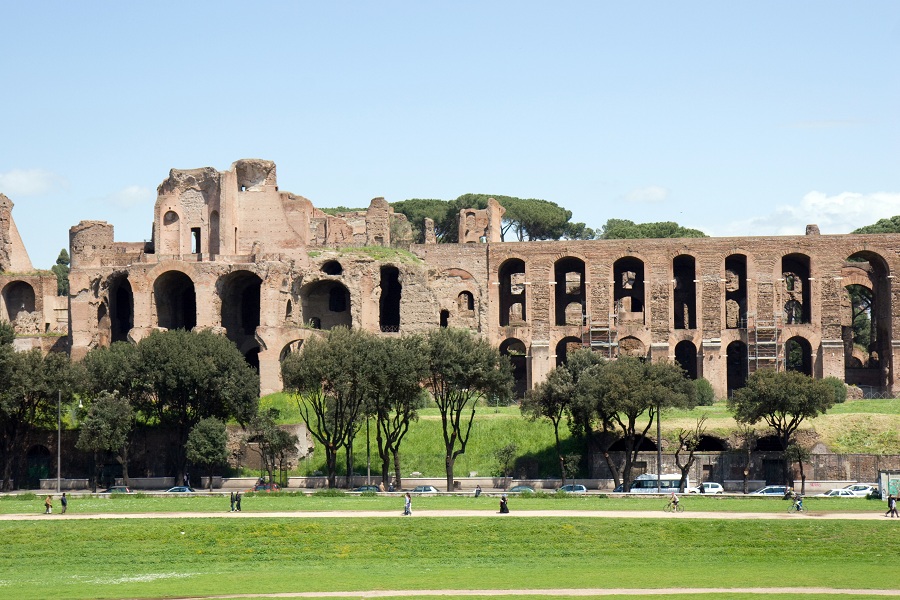
The Mausoleum of Cecilia Metella is the most impressive and well-preserved historic tomb in the Appian Way. Built in honour of the daughter-in-law of Marcus Licinius Crassus, Rome’s richest man, the tomb was later converted into the fortress that you see today.
Other iconic tombs include the tomb of Marcus Servilius, the tomb of Romulus (son of Emperor Maxentius), the tomb of Seneca (a Roman philosopher) and the tomb of the family of Sextus Pompeius Justus.
Besides tombs, the Via Appia is lined by numerous monuments that are surviving testament to glorious ancient times. The Temple of Hercules, the Villa dei Quintili and Circus Maxentius are must-see sites. The church of Quo Vadis and San Nicola are of historic and religious significance; the legend says that it was at the site of the Quo Vadis church where soon-to-be-Saint Peter received a vision of Christ blocking his path.
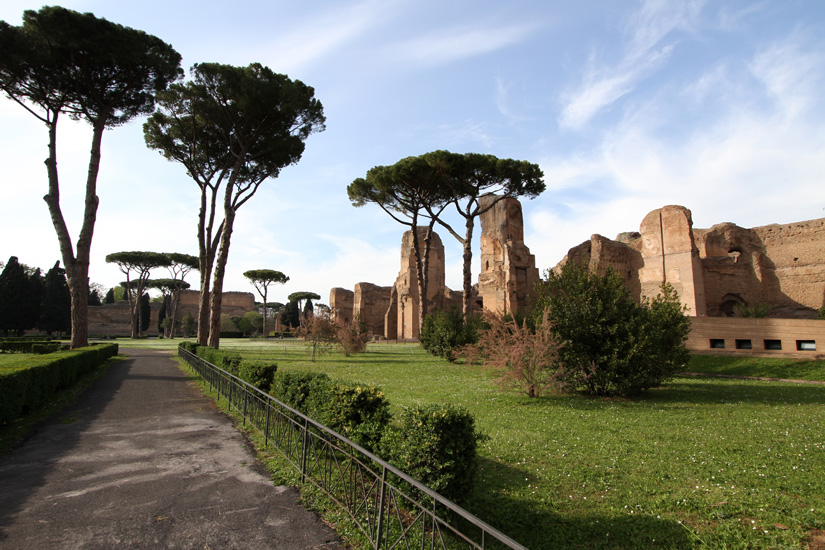
While tombs and monuments of ancient aristocratic families adorn the great Roman highway, 300km-long tunnels – commonly known as catacombs – run underneath the Appian Way. It was here that the medieval Christians preferred burying their dead. The Catacombs of San Callisto is the most revered and significant of all the Christian Catacombs followed by the Catacombs of San Sebastiano and Santa Domitilla. Each one of them is a holy relic, hence a must-visit.
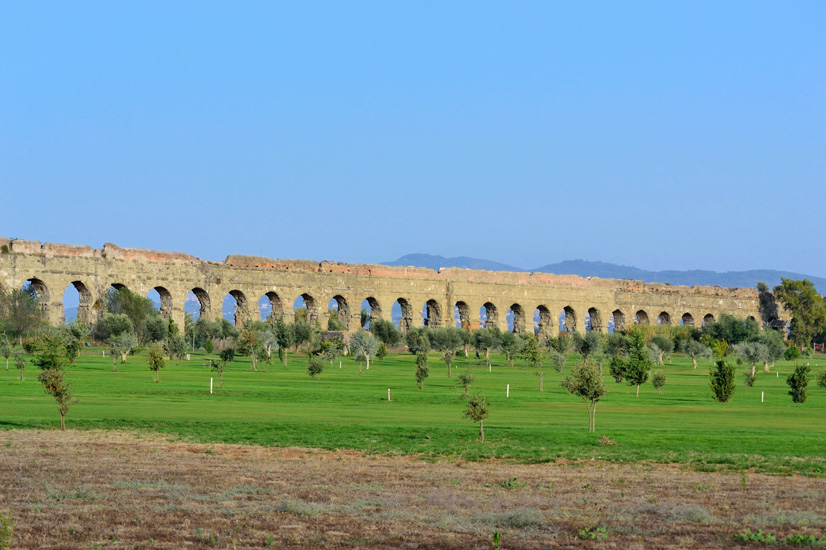
Want an expert guided tour covering the most terrific ancient sites of the Eternal City, including the Via Appia Antica? Check out our best family tours in Rome. We curate experiences and offer packages that suit every budget and traveller. For more, reach us at Vatican Tours.
READ ALSO OUR NEW UPDATES
- Discovering Secrets from Past in the Neighbourhood of The Colosseum
- 3 Nifty Tips to Read before Visiting the Colosseum in Rome
- The Perfect Vatican City Tour in One Day
- Frequent Visitors Must Indulge in These Activities in Rome
- 3 Must-Visit Historical Attractions in Rome 2018
- Why Should You Visit Rome in Winter?
- A Day in Rome’s Trastevere Neighbourhood!
- Ancient Bridges in Rome
- A Brief Background of Rome’s Most Iconic Sculptor: Bernini
- Eating Outside: 3 Best Restaurants in Rome
- Exploring Rome: Top 3 Things to Do

